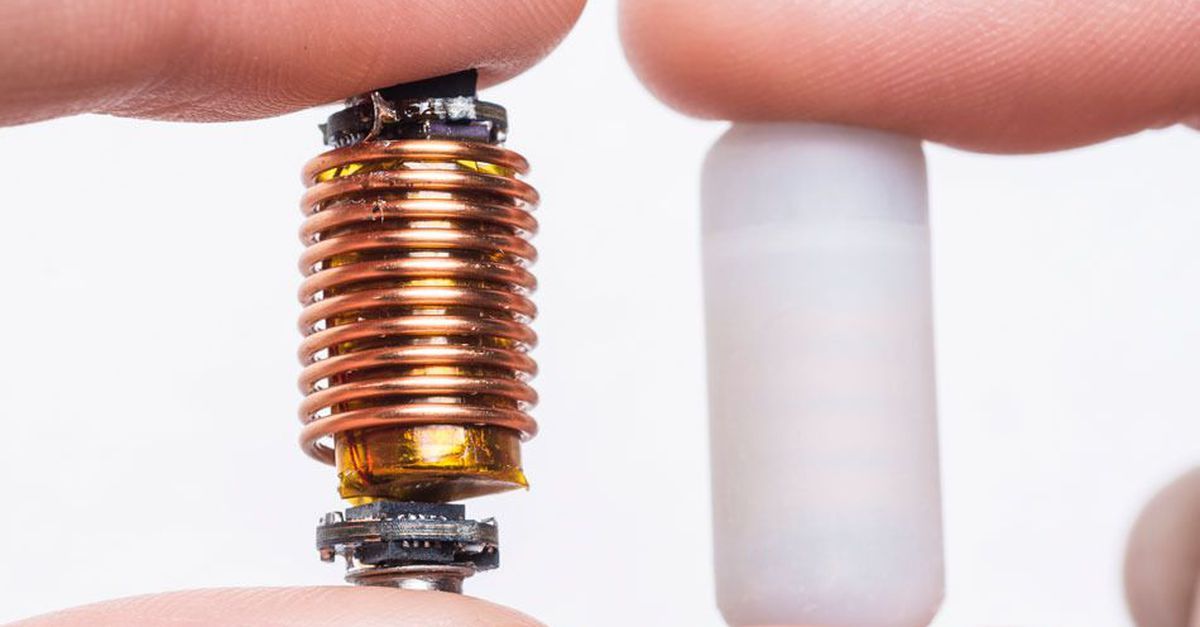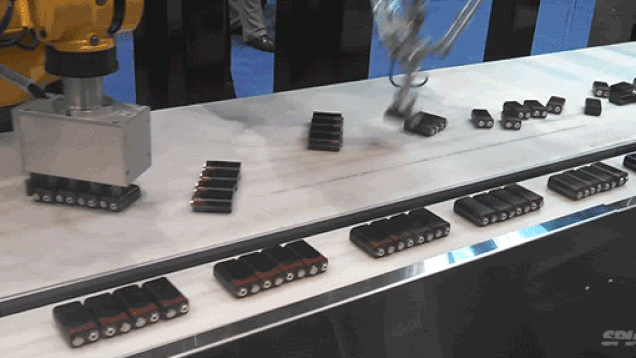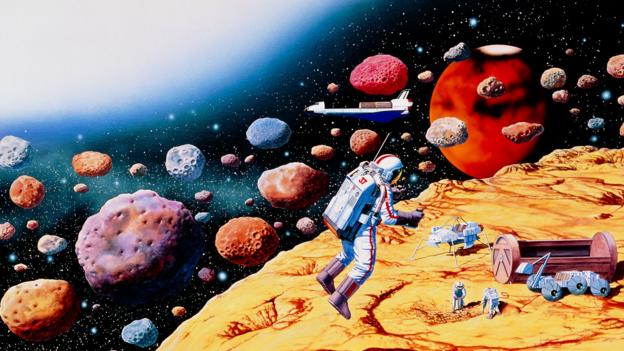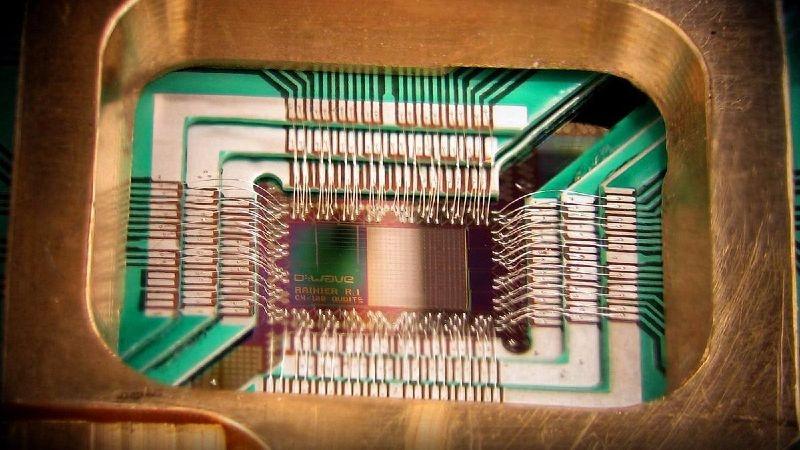 I could see the value of AI in helping with a whole host of addictions, compulsive disorders, etc. AI at the core is often looking at patterns and predicting outcomes, or the next steps to make, or predicting what you or I will want to do or react to something, etc. So, leveraging AI as a tool to help in finding or innovating new solutions for things like OCD or addictions does truly make sense.
I could see the value of AI in helping with a whole host of addictions, compulsive disorders, etc. AI at the core is often looking at patterns and predicting outcomes, or the next steps to make, or predicting what you or I will want to do or react to something, etc. So, leveraging AI as a tool to help in finding or innovating new solutions for things like OCD or addictions does truly make sense.
New York-based AiCure, which holds 12 patents for artificially intelligent software platforms that aim to improve patient outcomes by targeting medication adherence, announced the closing of a $12.25 million funding round Monday.
The company’s software was built with help from $7 million in competitive grants from four National Institutes of Health organizations, awarded in order to spur tech developments that would have a significant impact on drug research and therapy. The National Institute of Drug Abuse awarded AiCure $1 million in 2014 to help launch a major study into the efficacy of using the company’s platform to monitor and intervene with patients receiving medication as maintenance therapy for addiction.
Adherence to such therapies is associated with improved recovery, but often patients take improper doses or sell the drugs to others. To address this, AiCure’s platform connects patients with artificial intelligence software via their devices that determines whether a medication is being taken as prescribed. The platform has shown to be feasible for use across various patient populations, including elderly patients and study participants in schizophrenia and HIV prevention trials, according to a news release.
Read more





 I could see the value of AI in helping with a whole host of addictions, compulsive disorders, etc. AI at the core is often looking at patterns and predicting outcomes, or the next steps to make, or predicting what you or I will want to do or react to something, etc. So, leveraging AI as a tool to help in finding or innovating new solutions for things like OCD or addictions does truly make sense.
I could see the value of AI in helping with a whole host of addictions, compulsive disorders, etc. AI at the core is often looking at patterns and predicting outcomes, or the next steps to make, or predicting what you or I will want to do or react to something, etc. So, leveraging AI as a tool to help in finding or innovating new solutions for things like OCD or addictions does truly make sense.










